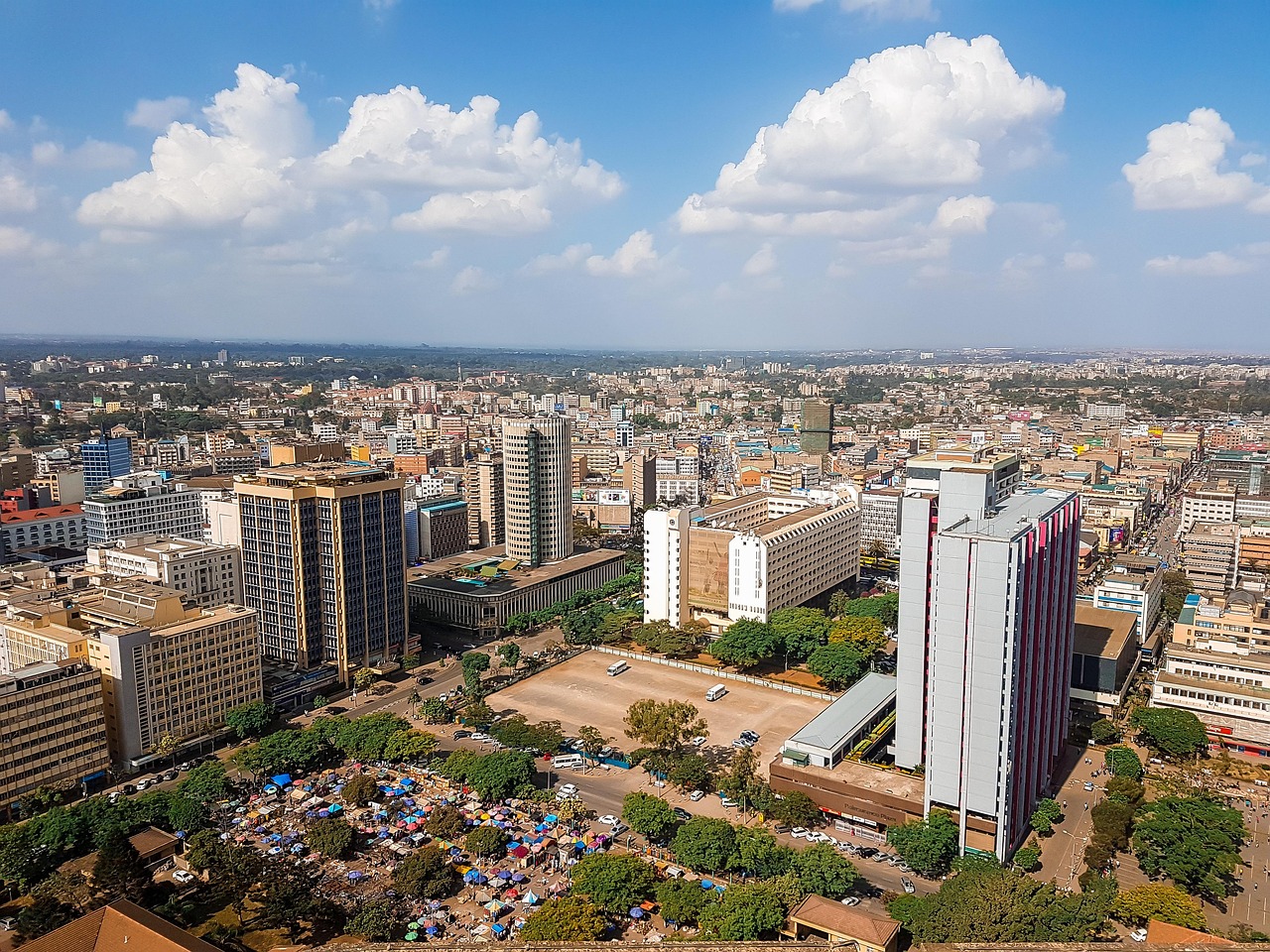As a construction worker in Kenya, I’ve seen Nairobi’s skyline change faster than most people can keep up. New skyscrapers seem to sprout from the ground overnight, with cranes dotting the city like some kind of urban forest. But amidst all this vertical growth, one question lingers in my mind: Are we building for tomorrow, or are we just chasing a trend that could leave us with empty glass towers, like some ghost city?

The Allure of Skyscrapers: Is it Really What We Need?
The construction boom in Nairobi isn’t just about getting more office space or fancy apartments. It’s a statement. A symbol of progress, of modernity, of a city that’s keeping up with the global race for the tallest buildings. Developers and architects alike talk about the need to make Nairobi “a global city,” one that competes with the likes of Dubai, Lagos, or Johannesburg. But here’s the thing—do we really need all these high-rise buildings?
Nairobi’s commercial space market, for example, already has more than enough office buildings. And while the demand for residential housing is high, the majority of it is for low- and middle-income homes, not luxury apartments sitting empty on the 20th floor. So, as these skyscrapers rise, the question is: are they really needed? Or are they just the result of some over-ambitious dreamers and developers looking for a big pay-out before the bubble bursts?

The Ghosts of Office Blocks: High-Rise Empty Space
It’s easy to get excited about the shiny glass and steel structures that are beginning to dominate the Nairobi skyline. But when you look a little closer, you’ll notice something strange: some of those buildings are barely filled. I’m talking about those massive office blocks with sweeping views of the city, many of them half-empty. With the rise of remote working, the demand for prime office space has started to dwindle.
Think about it. In a city where traffic is a nightmare and the cost of living is climbing, fewer businesses are willing to take up expensive office space in towering buildings. Even more worrying is the number of investors and developers who are still pushing these projects, hoping that the city will just “fill” them over time. That’s a risky bet when the market’s future is unclear, and the demand isn’t growing fast enough.

Residential Skyscrapers: The High-Cost Mirage
On the residential side, the story isn’t much better. Sure, a few high-rise luxury apartment complexes have sold out, but the truth is, Nairobi is still grappling with a severe shortage of affordable housing. So, while developers are busy building sky-high apartments for a small elite, the masses are left scrambling for decent, affordable homes. The average Kenyan family is not looking for a three-bedroom apartment on the 30th floor; they’re looking for something they can actually afford—something near their work or school.
In fact, many of these towering residential blocks are marketed as a dream lifestyle, but when it comes to actual demand, there’s a huge gap. More often than not, these apartments end up either under-occupied or, worse, left to decay. And that’s a sad reality we might face if the skyscraper craze continues unchecked.

The Land Grab: Where the Skyscrapers Stand
One of the other problems is the cost of land. Prime locations for skyscrapers often come with hefty price tags, and a lot of that land is sitting idle due to speculation or shady land deals. The price of land around Nairobi has been inflated by speculators who know the rush for high-rise development will keep prices up. This drives many developers to build expensive structures instead of focusing on what Nairobi truly needs—affordable housing and practical commercial spaces.
This is where the risk of a “ghost city” scenario creeps in. When developers are more focused on what will make them money in the short term—luxury apartments, high-end office spaces—they forget about the long-term need for sustainable, balanced growth. Nairobi could end up with towers full of empty apartments and office blocks while the rest of the city’s population continues to suffer from a housing crisis.

What Needs to Change?
As much as we all love a tall building—who doesn’t like to look up and admire a shiny skyscraper?—it’s clear that Nairobi’s future depends on building for actual needs, not just for the sake of looking modern. Developers need to think about mixed-use buildings that integrate residential, commercial, and even green spaces. Affordable housing must be prioritized, with a focus on creating homes that the average Kenyan can actually afford, not just the elite.
Nairobi’s growth should be measured not by the number of glass towers dotting the skyline, but by how well it serves its people. If the focus shifts from quantity to quality, we might just avoid the ghost city scenario. But if we continue down the path of building skyscrapers for the sake of it, we risk creating a skyline full of empty glass towers, standing like silent monuments to a misjudged dream.

In the end, it’s not about building for today’s fleeting trends. It’s about building for tomorrow’s needs. Because, in the construction game, it’s better to create structures that stand the test of time, not just the test of impressing someone with a lofty ambition.